Air Operations, Carolines During the night, 868th Heavy Bomb Squadron SB-24s attack Japanese airfields and defenses in the Palau Islands.
[  | |   ] ]
Air Operations, CBI
BURMA
- 4 10th Air Force P-47s support Allied ground troops near Thaikwagon.
- 4 P-47s attack troop-laden trucks between Bhamo and Myothit.
CHINA
- 25 341st Medium Bomb Group B-25s attack warehouses at Puchi.
- 11 B-25s attack Sienning.
- 3 B-25s attack the airfield at Hengyang and a nearby rail line.
- More than 70 14th Air Force P-51s and P-40s attack various targets at Chaling, Changsha, Hengyang, Pengtse, Siangtan, and Yoyang.
- 23rd Fighter Group P-40s down a D3A 'Val' dive bomber and 2 Ki-43 'Oscar' fighters near Yochow at 0530 hours.
[  | |   ] ]
Air Operations, Europe
RAF BOMBER COMMAND
Daylight Ops:
- 52 Lancasters of No. 5 Group attempt to bomb 2 groups of oil storage tanks at La Pallice. The targets are difficult to identify and the results of the raid are unseen.
- 1 Wellington of No. 100 Group carries out a 'signals watch' flight.
US 9th AIR FORCE
FRANCE:
- While covering Allied ground forces and mounting armed-reconnaissance missions over France, IX and XIX TAC fighter pilots down 11 Luftwaffe fighters during the morning.
US 12th AIR FORCE
FRANCE:
- 12th Air Force B-25s and B-26s attack road and rail bridges.
- XII TAC A-20s attack several marshalling yards.
- 12th Air Force fighters and fighter-bombers attack lines of communication and gun emplacements.
- During the night, XII TAC A-20s attack motor vehicles and lights between the battle area and the Rhone River.
US 15th AIR FORCE
ROMANIA:
- 65 15th Air Force B-17s conduct what turns out to be the final USAAF bombing mission against Ploesti.
[  | |   ] ]
Air Operations, New Guinea - Despite bad weather that grounds most of the 5th Air Force, V Bomber Command A-20s support Allied ground forces around Sarmi and Sawar.
- V Fighter Command P-39s support Allied ground forces near Wewak and attack targets around Geelvink Bay.
- P-40s attack port facilities at Napido.
[  | |   ] ]
Britain, Home Front Sir Henry Wood, composer-conductor and founder of the annual London 'Promenade Concerts', dies at the age of 74.
[  | |   ] ]
Eastern Front During the night the 2nd Ukraine Front under Rodion Malinovsky opens a powerful offensive in the area of Jassy, in which the 3rd Ukraine Front under Fyodor Tolbukhin also takes part, attacking in the area of Tiraspol, in Rumania. Their aim is to destroy the German-Rumanian 6th Army, part of the South Ukraine Army Group of Johannes Friessner. This army consists of 23 Rumanian and 21 German divisions. Marshal Ion Antonescu can foresee his own political downfall coming with the end of the big expeditionary force he sent into Russia, where it has fought valiantly in the Ukraine, the Caucasus and the Crimea.
Russian forces launch their major offensive to clear the Balkans.
LATVIA
The Soviet 3rd Shock Army is halted just beyond the Oger River by an assault by 3 divisions of the German 18th Army to the north.
ROMANIA
The Soviet 2nd and 3rd Ukrainian Fronts launch probing attacks around Jassy and Tiraspol in preparation fo the Jassy-Kishinev Offensive. This will be Stavka's attempt to destroy German and Romanian forces in Romania, capture the Ploesti oil fields and then cross into Bulgaria, and threaten the rear of German forces in Greece and Yugoslavia. For this mission the two fronts have been substantially reinforced. The 2nd Ukrainian Front comprises the 4th Guards, 6th Tank, 7th, 27th, 40th, 52nd and 53rd Armis - 771,000 troops, 11,000 artillery pieces, 1,300 tanks and 900 aircraft. The 3rd Ukrainian Front deploys the 5th Shock, 37th, 46th and 57th Armies - 523,000 troops, 8,000 artillery pieces, 600 tanks and 1,000 aircraft.
Facing this massive force is Army Group South Ukraine. This group comprises the 8th Army (Romanian I, VII and LVII Corps and German XVII Corps) - 43,000 German and 112,000 Romanian troops; Romanian 4th Army (Romanian IV and VI Corps and German IV Corps) - 43,000 German and 88,000 Romanian troops; 6th Army (VII, XXX, XLIV and LII Corps) - 212,000 German and 25,000 Romanian troops; and Romanian 3rd Army (Romanian II and III and German XXIX Corps, with the 13th Panzer Div in reserve) - 14,000 German and 75,000 Romanian troops. The Luftwaffe has 318 aircraft to support the army group, which deploys a total fo 400 tanks and assault guns.[MORE]
[  | |   ] ]
Italy In the British 8th Army's Polish II Corps area, the 3rd Carpathian Division is slowed in the coastal sector by opposition at southern Constanzo.
[  | |   ] ]
Mediterranean - U-967 is scuttled at Toulon after being damaged in raids by the USAAF. She is thoroughly wrecked by her crew to prevent her from falling into Allied hands.
U-967|
| Class | Type VIIC |
| CO |
Oberleutnant zur See Heinz-Eugen Eberbache |
| Location |
Mediterranean, Toulon |
| Cause |
Scuttling |
| Casualties |
2 |
| Survivors |
Unknown |
|
U-466|
| Class | Type VIIC |
| CO |
Oberleutnant zur See Gerhard Thater |
| Location |
Mediterranean, Toulon |
| Cause |
Scuttling |
| Casualties |
Unknown |
| Survivors |
Unknown |
|
- U-466 is also scuttled at Toulon after being damaged in raids by the USAAF. She is thoroughly wrecked by her crew to prevent her from falling into Allied hands.
[  | |   ] ]
Northern France The XV Corps from 3rd Army reaches the Seine at Mantes Grassicoutrt. The fighting between Falaise and Argentan is still very fierce and continues to go badly for the Germans. A 5-day cease-fire is declared in the Paris area to permit German evacuation of their forces from the French capital.[NF]
[  | |   ] ]
Occupied France The is an uprising in Paris led by the FFI, the Resistance. The Vichy Government is forcibly moved to Belfort by the Germans.
[  | |   ] ]
Occupied Poland The Home Army in Warsaw launches counterattacks from Zoliborz, but all fail. Stalin refuses to help the rebelling Poles in Warsaw or allow Allied bombers to use Russian controlled airfields to supply the city.
[  | |   ] ]
Pacific - The US submarine Bluefish (SS-222) sinks the fast fleet tanker/seaplane carrier Hayasui (6500t) about 80 miles northwest of Cape Bolinao and damages the hospital ship Awa Maru.
- The US submarine Spadefish (SS-411) sinks the Japanese landing craft depot repair ship Tamatsu Maru (9589t) west of Luzon.
[  | |   ] ]
Southern France [SF]
[  | |   ] ]
Images from August 19, 1944
French Resistance Uprising in Paris
|
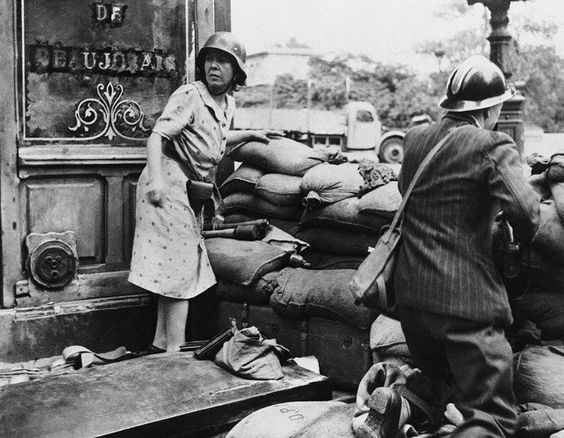 |
|
German POWs Carry a Wounded Fellow Soldier
|
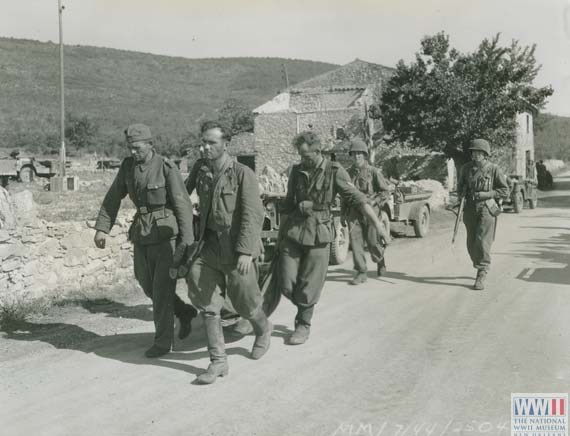 |
|
US Tank in Brignoles, France
|
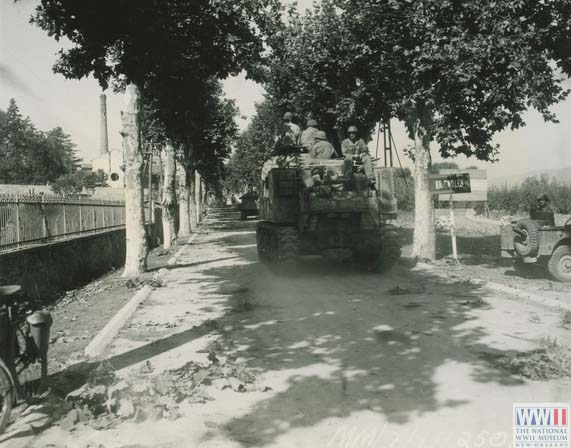 |
|
Celebrating Liberation
|
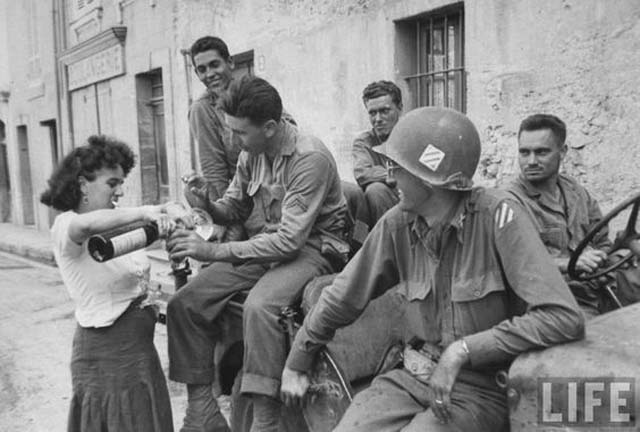 |
|
Gen Clark and Prime Minister Churchill
|
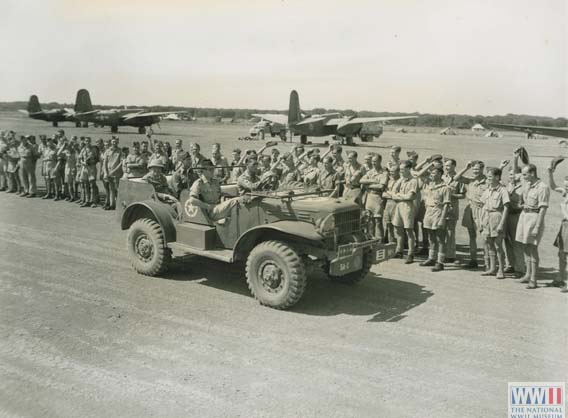 |
|
French Resistance Fighters
|
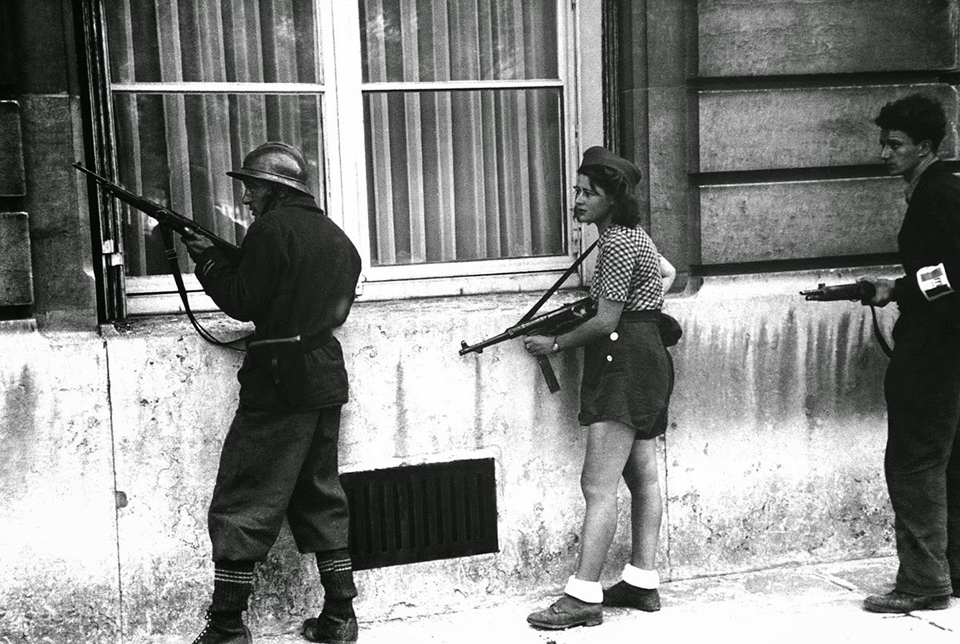 |
|
Recon Photo Showing Wrecked Enemy Vehicles
|
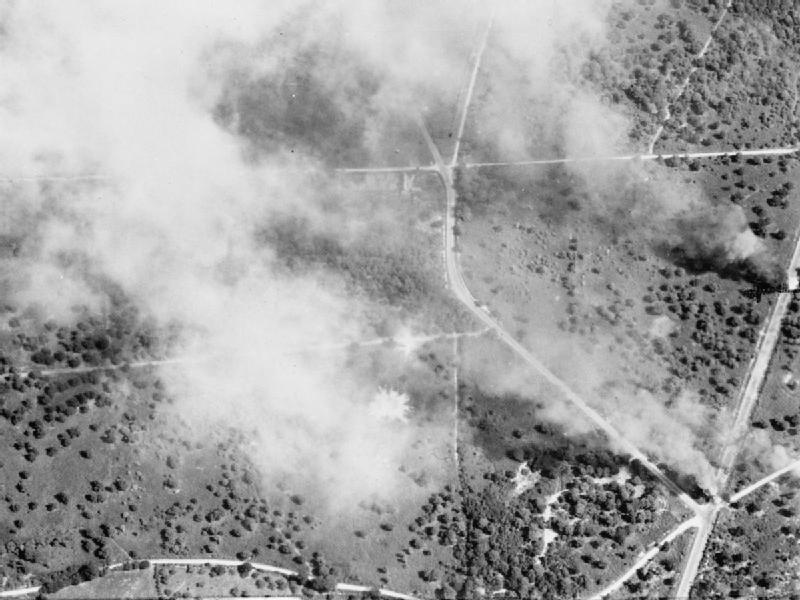 |
|
French Resistance
|
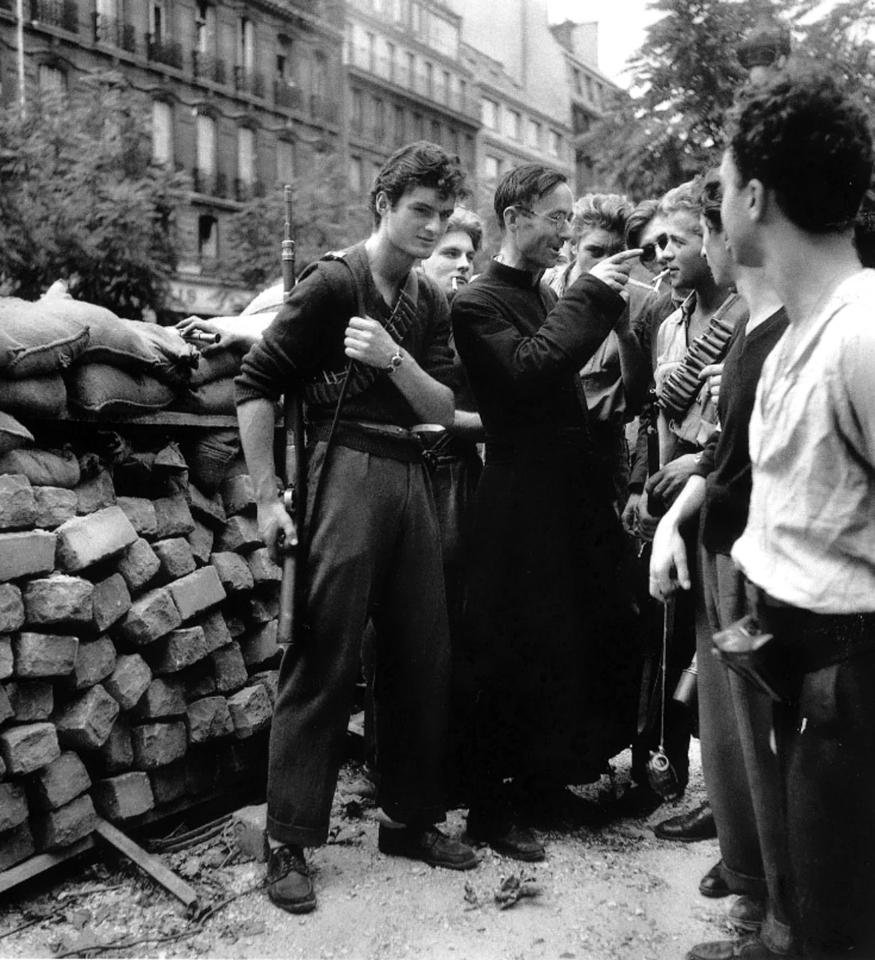 |
|
Trucks Carry German POWs
|
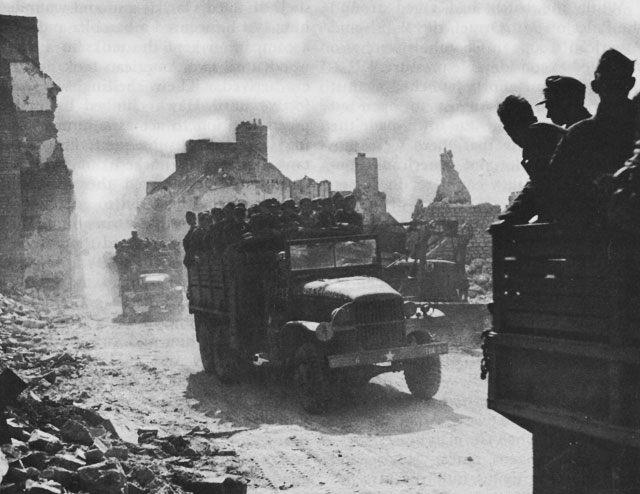 |
|
Churchill, Clark and Army Nurses
|
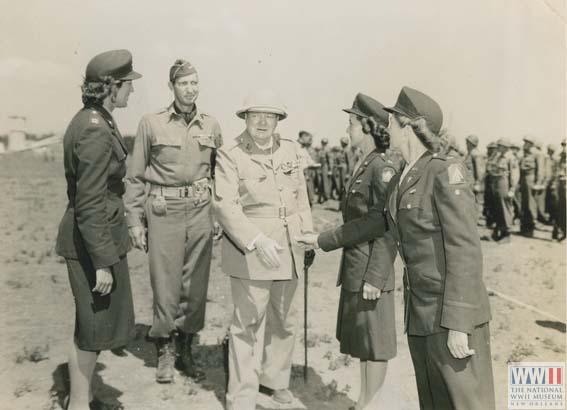 |
|
Churchill Receiving Flowers
|
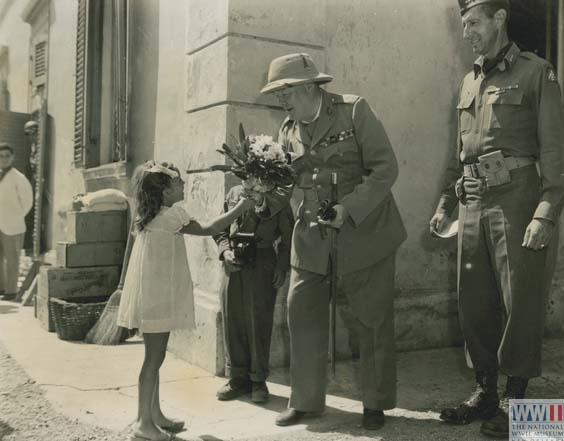 |
|
Canadians with German POWs
|
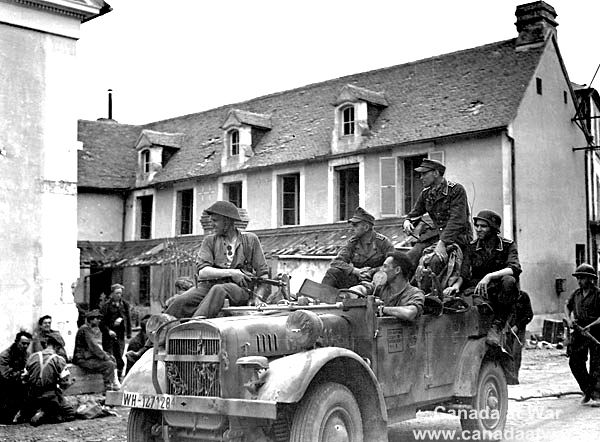 |
|
|











